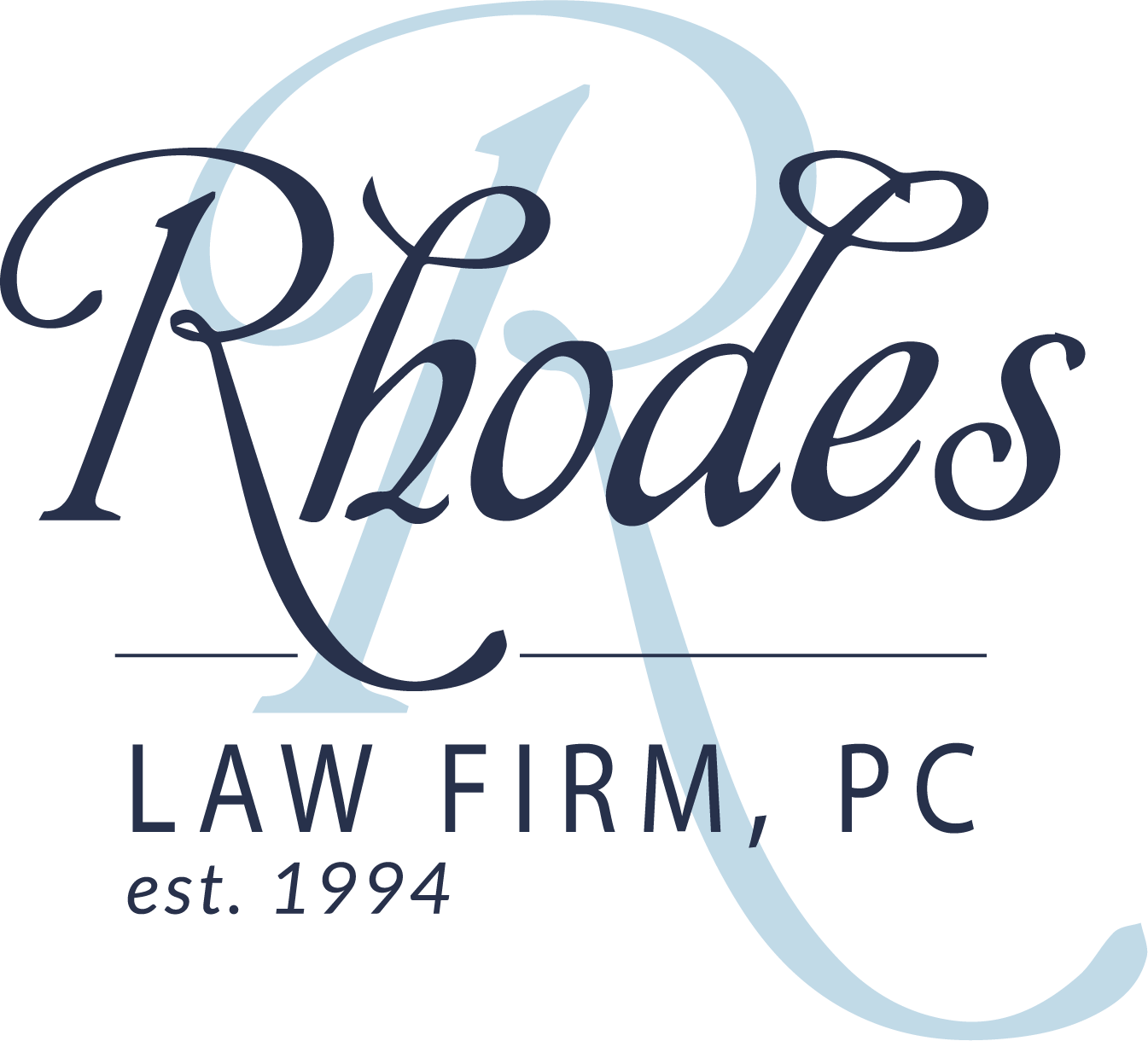Blog
Aug
You know what they say — giving is better than receiving. That might be why donor advised funds, or DAFs, rocketed past $100 billion for the first time in recent years.
Want to give but don’t know if a donor advised fund is right for you? Have questions about charitable planning?
There are many things to know before pledging donations to a charity. Our guide to sponsored donations will answer any questions you have about guidelines and regulations related to charitable giving.
What is a Donor Advised Fund?
The IRS defines a donor advised fund, or DAF, as a separate account run by a 501(c)(3) organization. Multiple donors contribute to the one account, called a sponsoring organization.
Once funds are placed in the sponsoring organization’s control, they are the ones in charge of the money. The donor at this point can’t make a guarantee or specific pledge with the assets.
What Assets Can Go Into a DAF?
While money is always an easy option, it’s not the only thing to put into your DAF. Anything valuable that the charity can use is welcomed.
Some options are stocks or even real estate. Valuable holdings, like artwork, can even be put into your sponsoring organization’s account.
This flexibility is one of the reasons a DAF is appealing to so many people. Let’s examine some other reasons you might want to set one up for yourself.
Benefits of Having a DAF
DAFs are a popular way for individuals to give back to their favorite charities. There are tons of benefits to managing your donations through them.
As we mentioned before, you can use almost any kind of asset for donations to your sponsoring organization. You can donate as often as you’d like as well.
When you work with a DAF, you don’t have to stick with just one charity. You can suggest different ones, and ask to allocate funds accordingly.
One of the biggest reasons DAFs remain popular? You get an almost instant tax refund from contributing to them — a win/win!
Different Kinds of DAFs
In general, there are three types of DAFs. Each comes with their own set of guidelines that donors and sponsoring organizations are to follow.
Here’s a quick overview of the three main kinds you’ll see:
- Single-issue funds: usually focused on one cause or institution, like a university or religious institute
- Commercial funds: managed by separate non-profit branches of commercial investment services, like Goldman Sachs
- Community-foundation funds: these are more local and engaged organizations, great for those who want to be involved but need help
There are overall legal guidelines each DAF has to follow. The type you choose to join might have its own set of rules and regulations you’ll have to abide by.
Make sure to ask questions before committing your funds in any specific organization.
Pledging Donations Through a DAF
Now that we understand the basics of sponsoring organizations, what about fulfilling pledges using a DAF? The IRS has made some changes in recent years to clarify their position on the matter.
The short answer is that no, your DAF can’t be used to fulfill a legally binding pledge. If the IRS suspects that any of your DAF funds have been used to fulfill a pledge, they’ll tax it.
Ultimately, if the donation is assumed to give some sort of benefit to the donor, it’s taxable. In this example, it would be because the donation fulfills the original donor’s pledge.
But there is a gray area. Let’s look at ways your DAF can help you fulfill a pledge.
Gray Areas for Pledges
Once an asset is handed over to the DAF, the donor loses control of it. They can’t get it back, either.
At that point, the donor becomes the advisor. The sponsoring organization is under no obligation to use funds as suggested by the original donor.
Each state has its own laws concerning what it means to fulfill a pledge. Adding on that, each case of donation is different, too.
As you can see, this muddies the waters when trying to determine if someone does or doesn’t fulfill a pledge. Because nailing down these facts is murky, the IRS doesn’t require DAFs to figure out if a donation qualifies as a pledge.
One note of concern: the charities themselves can’t ask the sponsor if the gift is for a pledge. The sponsoring organization can’t mention pledges either.
What to do Instead of a Pledge
Sounds complicated? It doesn’t have to be.
When you can’t fulfill a pledge through a DAF, you still have options.
For example, recommending a pledge isn’t the same thing as demanding it. As we mentioned before, your sponsoring organization is under no obligation to fulfill it.
As long as your pledge isn’t legally binding, you can suggest your funds be used to fulfill it. Some organizations even have online forms where you can mention non-legally-binding pledges.
Be Careful with Your Wording
The most important thing is to stay vague. Don’t make written promises and be careful with anything you say.
Some states consider verbal promises a legally binding pledge. Make sure that you’re within what local laws allow.
A non-binding letter of intent can also be your friend in this situation. That way you can give your preferred non-profit an idea of how much they can expect in the future and budget accordingly.
Make Your Donations Count and Pledge the Right Way
Pledging donations through a DAF can be a little complicated but not impossible. It’s important to make sure any promises made aren’t legally binding, or considered so, in your state.
Our guide can help you with the basics of charitable planning. If you want to do it right, consider finding someone to help you navigate the murky waters of donating with a DAF.
There are financial institutions that can help you form a sponsoring organization. There’s also those with knowledge of local laws ready to help.
We’re here to answer any legal questions you might have about charitable giving. Contact us today and get the answers you need!

